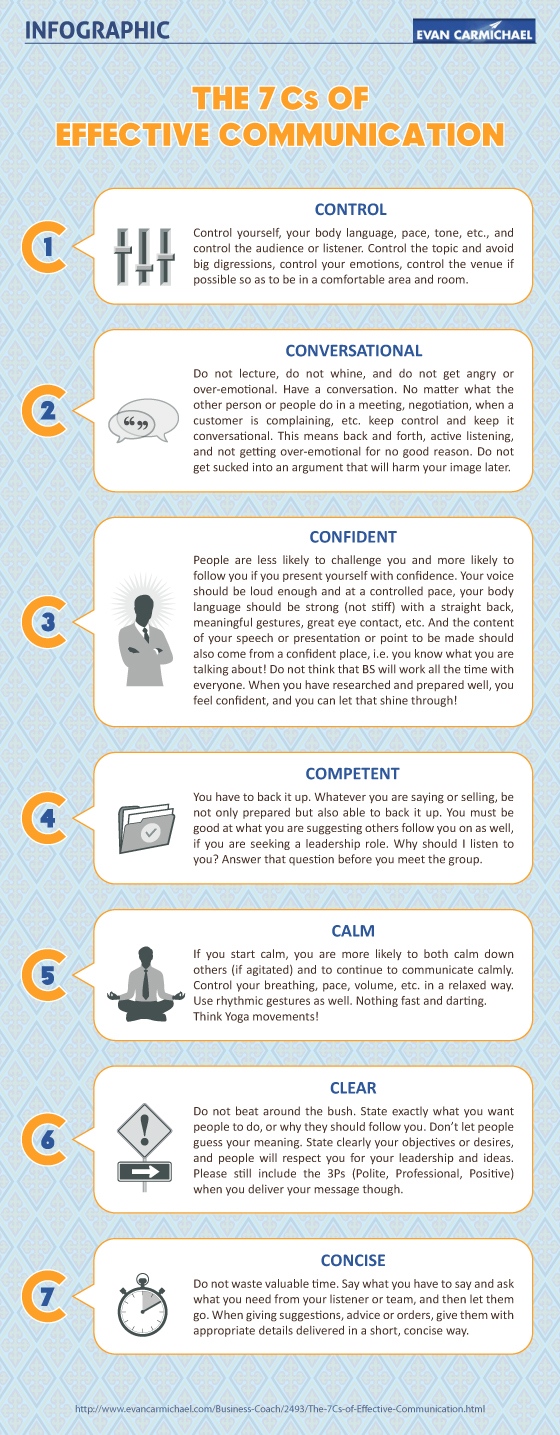8 Ways AI is Used in Education

While AI has been in the education technology space for a while, adoption has been slow. However, during the COVID-19 pandemic, virtual learning forced the industry to shift. AI helps streamline the student education process by offering access to suitable courses, bettering communication with tutors, and giving them more time to focus on other life aspects.
AI enhances the personalization of student learning programs and courses, promotes tutoring by helping students improve their weak spots and sharpen their skills, ensures quick responses between teachers and students, and enhances universal 24/7 learning access. Educators can use AI for task automation, including administrative work, evaluating learning patterns, grading papers, responding to general queries, and more. Here are eight ways AI is used in education.
1. Creating courses
A lot of time and money goes into creating learning courses via a central department. The use of AI streamlines the course creation process, speeding up the process and reducing costs. Whether you’re using premade templates or starting from scratch,AI software for creating courses can help create interactive content seamlessly. You can efficiently work with your entire team via in-app comments from reviewers and co-authors to create perfect training material.
AI simplifies and accelerates course development. By assessing student learning history and abilities, AI gives teachers a clear picture of the lessons and subjects requiring reevaluation. Teachers alter their courses by evaluating every student’s specific needs to address common knowledge gaps. This enables teachers to develop the best learning programs for all students.
2. Offering personalized learning
Personalization is a significant trend in education. AI gives students a customized learning approach depending on their unique preferences and experiences. AI can adjust to every student’s knowledge level, desired goals, and learning speed to help get the most out of their learning. Additionally, AI-powered solutions can assess a student’s learning history, pinpoint weaknesses, and provide courses suitable for improvement, offering many opportunities for personalized learning experiences.
3. Enabling universal access
AI breaks down the silos between schools and traditional grade levels. Through AI tools, classrooms are now globally available to students, including those with visual or hearing impairment or who use different languages. Using a PowerPoint plugin like Presentation Translator, learners get real-time subtitles for all the teacher says, opening up new possibilities for the learners who have to learn at varying levels, want to learn subjects that aren’t in their school, or are absent from school.
4. Pinpointing where courses should be improved
Teachers may not always know the gaps in their educational materials and lectures, which can confuse learners regarding particular concepts. AI provides a way to solve this issue. For instance, Coursera is already applying this. When many students give the wrong answers to their homework assignments, the system alerts the professor and offers future students customized messages that provide hints to the correct answer.
This kind of system fills the gaps in explanation in courses and ensures every student is building a similar conceptual foundation. Instead of waiting to hear from the teacher, students receive immediate feedback to help them understand concepts better.
5. Automation tasks
Teachers usually have a lot to manage, including classes and other administrative and organizational tasks. They grade tests, evaluate homework, fill the needed paperwork, make progress reports, organize lecture resources and materials, manage teaching materials, and more. This means they might spend too much time on non-teaching activities, leaving them overwhelmed. With the help of automation tools and solutions, educators can automate manual processes giving them more time to concentrate on teaching key competencies.
6. Providing tutoring support
Intelligent tutoring systems, including AI chatbots and tutors, and tutoring programs are designed to handle customized feedback and guidelines for one-on-one teaching. Nonetheless, they can’t replace teachers because they aren’t advanced enough to teach the way humans can. They help in cases where teachers aren’t available for subjects that can be taught and assessed online.
AI is an effective tool that e-learning platforms can use to teach geography, languages, circuits, computer programming, medical diagnosis, physics, mathematics, chemistry, genetics, and more. They’re equipped to consider engagement, grading metrics, and comprehension. AI tools help students sharpen their skills while improving weak areas outside the classroom.
7. Promoting virtual learning
A virtual learning environment can provide group educational experiences, offer counseling services to students, and facilitate immersive learning experiences. With VR technologies, learners can directly connect their laptops or mobile devices to access the content. Using VR headsets, students with ADHD/ ADD can block distractions and increase concentration spans. In addition, students can help others in soft skill coaching, self-development, and life skills with interactive simulations.
8. Creating smart content
Smart content may include digital guides, textbooks, videos, instructional snippets, and AI, which develop customized environments for learning organizations depending on goals and strategies. Personalization in the education sector is a future world trend that can be achieved by pinpointing the areas where AI solutions can play a role. For instance, an educational institution can establish an AR/VR-based learning environment and web-based lessons to go with it.








